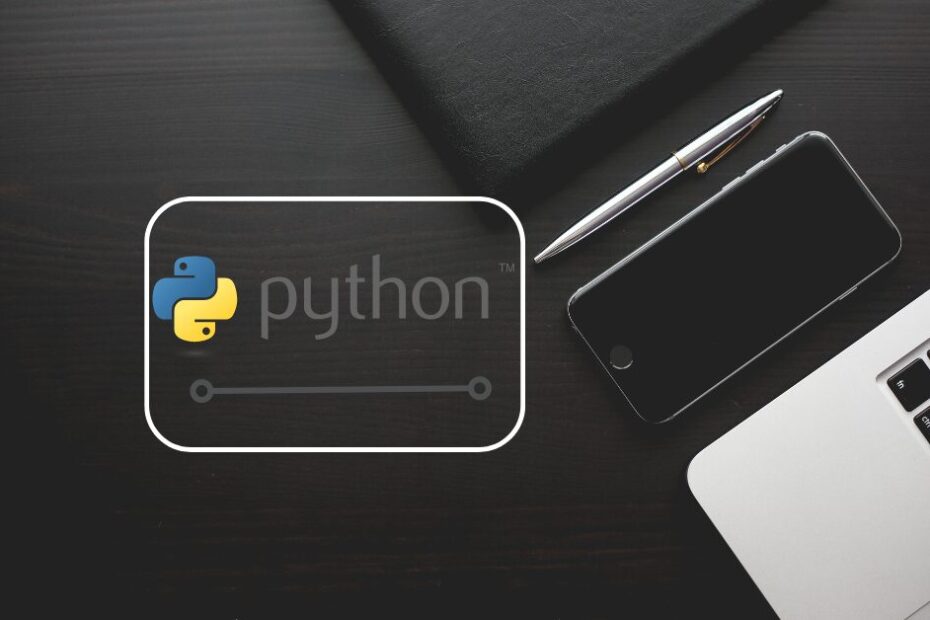Introduction
Python’s widespread adoption stems not only from its simplicity and versatility but also from its robust community-backed best practices. By embracing these practices, developers ensure code quality, readability, and maintainability. This guide navigates through essential Python best practices that empower developers to write efficient and elegant code.
List of Python Best Practices
1. Code Readability is Paramount
Python’s beauty lies in its readability. Embracing a consistent style and adhering to PEP 8 guidelines fosters code readability and eases collaboration among developers. Let’s explore how following best practices in code formatting and naming conventions can enhance code comprehension.
2. Efficient Error Handling
Effective error handling is pivotal in ensuring stable and reliable applications. By understanding the nuances of Python’s exception handling and implementing robust logging mechanisms, developers can gracefully handle errors while maintaining application integrity.
3. Optimizing Performance
Python’s versatility doesn’t compromise on performance. Employing efficient data structures, algorithms, and profiling tools allows developers to fine-tune code performance, ensuring optimal execution times.
4. Documentation and Comments
Comprehensive documentation and concise comments are key to understanding codebases. Let’s delve into the importance of descriptive docstrings and strategic commenting to enhance code comprehensibility.
5. Virtual Environments and Dependency Management
Creating isolated Python environments and managing dependencies are crucial for project reproducibility and stability. We’ll explore the significance of virtual environments and efficient dependency management strategies.
6. Testing Strategies
Robust testing methodologies are imperative for code reliability. From writing comprehensive unit tests to incorporating continuous integration practices, effective testing ensures the quality and reliability of Python applications.
7. Security Considerations
Protecting applications from vulnerabilities requires proactive measures. We’ll discuss input validation, secure handling of sensitive data, and other security practices to fortify Python applications.
8. Version Control and Collaboration
Version control and collaborative practices are essential for team-based development. Leveraging Git for version control and emphasizing code reviews promote code quality and knowledge sharing.
Frequently Asked Questions
Q: Why is readability so crucial in Python?
Q: How can I ensure my code remains maintainable?
Q: Is it necessary to follow PEP 8 strictly?
Q: Why is test-driven development (TDD) recommended?
Conclusion
Adopting Python best practices elevates code quality, streamlines development workflows, and cultivates a culture of excellence among developers. By implementing these practices, developers can craft robust, scalable, and maintainable Python applications.
About Us
NuageNetz IT Services Pvt. Ltd. is a cutting-edge IT company that specializes in Cloud Computing, Web Development, DevOps and Agile Methodologies. Our team of skilled professionals is dedicated to providing exceptional services to our clients using the latest technologies and tools
Got Something to say about our Blog?
Have something to say? Drop your thoughts, feedback, or questions in the comments below!

Considerable blog